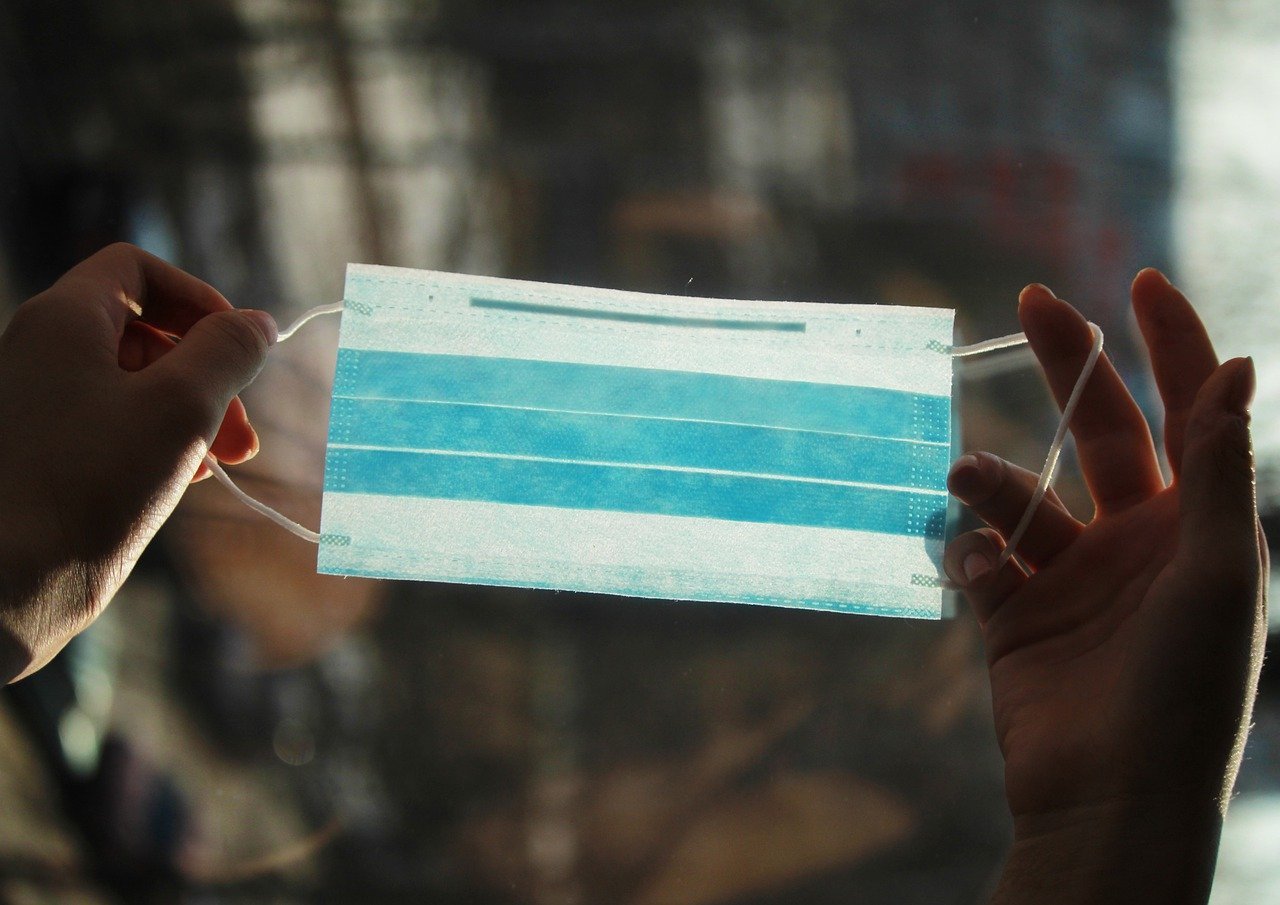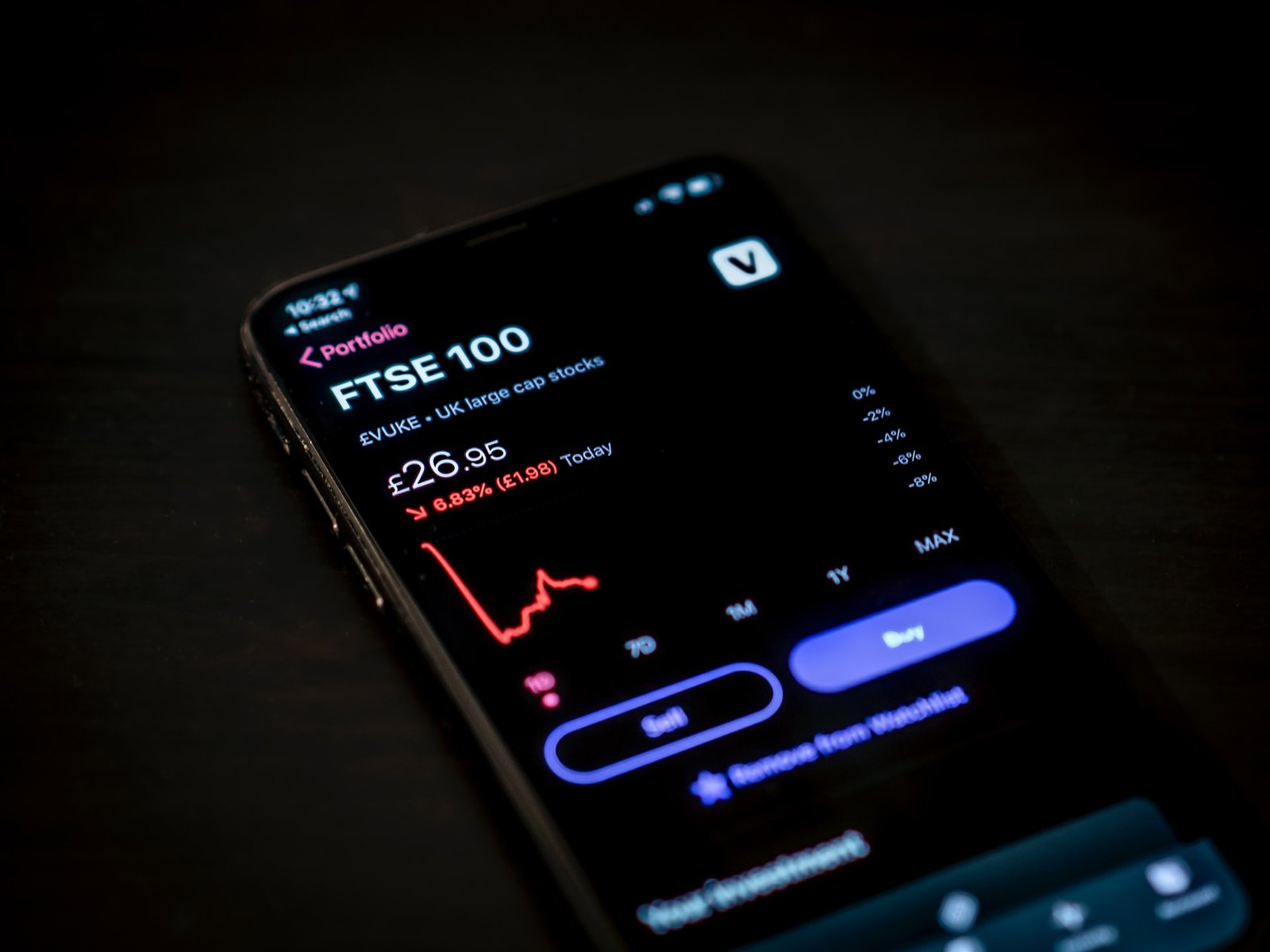‘Chasing the virus’: How India’s largest slum beat back a pandemic
by Ammu Kannampilly | Vishal Manve
When coronavirus claimed its first victim in India’s largest slum in April, many feared the disease would turn its narrow, congested streets into a graveyard, with social distancing or contact tracing all but impossible.
But three months on, Mumbai’s Dharavi offers a rare glimmer of hope with new infections shrinking, thanks to an aggressive strategy that focused on “chasing the virus, instead of waiting for disaster”, according to city official Kiran Dighavkar.
The sprawling slum has long been a byword for the financial capital’s bitter income disparities — with Dharavi’s estimated one million people scraping a living as factory workers or maids and chauffeurs to Mumbai’s well-heeled residents.
With a dozen people typically sleeping in a single room, and hundreds using the same public toilet, authorities realised early that standard practices would be of little use.
“Social distancing was never a possibility, home isolation was never an option, and contact tracing was a huge problem with so many people using the same toilet,” Dighavkar told AFP.
An initial plan to conduct door-to-door screenings was abandoned after Mumbai’s searing heat and humidity left medical workers feeling suffocated under layers of protective equipment as they combed the area’s cramped alleys for cases.
But, with infections rising fast and fewer than 50,000 people checked for symptoms, officials needed to move quickly and get creative.
What they came up with was coined “Mission Dharavi”.
Each day, medical workers set up a “fever camp” in a different part of the slum, so residents could be screened for symptoms and tested for coronavirus if needed.
Schools, wedding halls and sports complexes were repurposed as quarantine facilities that offered free meals, vitamins and “laughter yoga” sessions.
Strict containment measures were deployed in virus hotspots that were home to 125,000 people, including the use of drones to monitor their movements and alert police, while a huge army of volunteers swung into action, distributing rations so they didn’t go hungry.
Bollywood stars and business tycoons paid for medical equipment as construction workers built a 200-bed field hospital at breakneck speed in a park inside Dharavi.
By late June, more than half the slum’s population had been screened for symptoms and around 12,000 tested for coronavirus.
So far Dharavi has reported just 82 deaths — a fraction of Mumbai’s more than 4,500 fatalities. (AFP)
[cec_corona flag=false country_code=IN]



